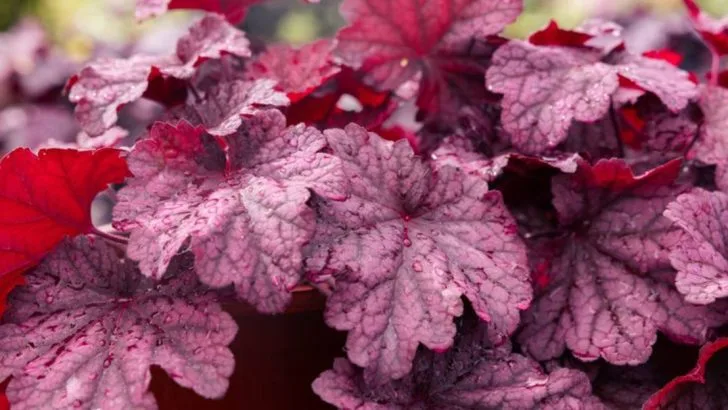Just because a spot gets little sunlight doesn’t mean it has to stay dull and lifeless. With the right shade-loving plants, even the shadiest corners of your garden can burst with color, texture, and visual interest.
In this article, we highlight 10 plants that thrive in low light and still manage to brighten up dim spaces. From lush foliage to surprising blooms, these selections prove that shade gardens can be just as vibrant as their sun-soaked counterparts.
Transform dark corners into cool, calming retreats with these easy-to-grow shade lovers.
Hosta
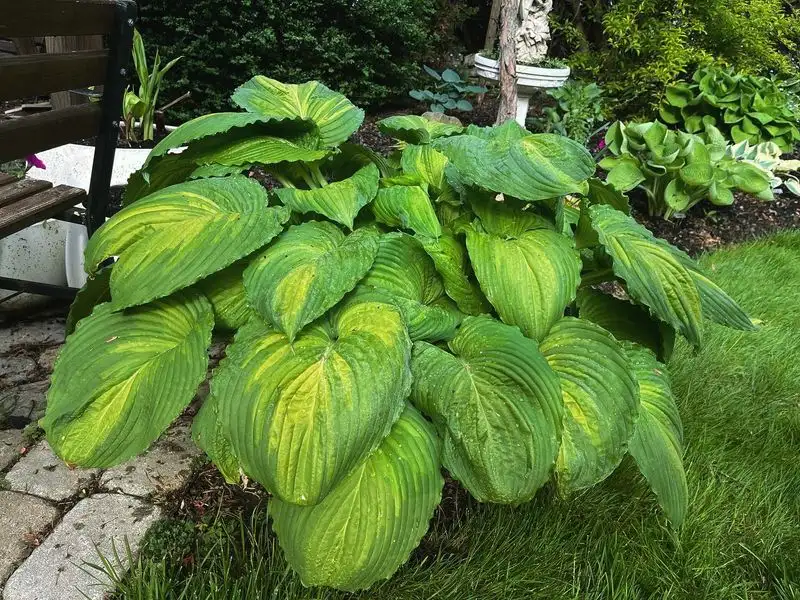
Known for their striking foliage, hostas bring elegance to any shaded spot. Their broad, variegated leaves create a tapestry of green hues. Perfect for lining garden paths, they thrive in partial to full shade. Hostas are low-maintenance, making them a favorite among novice gardeners. Varieties come in different sizes, from compact to large, accommodating various garden designs. Slugs and snails are their only adversaries, but regular maintenance keeps them at bay. Hostas can also be grown in containers, adding versatility to their appeal. Add these to your garden for a touch of classic beauty.
Ferns
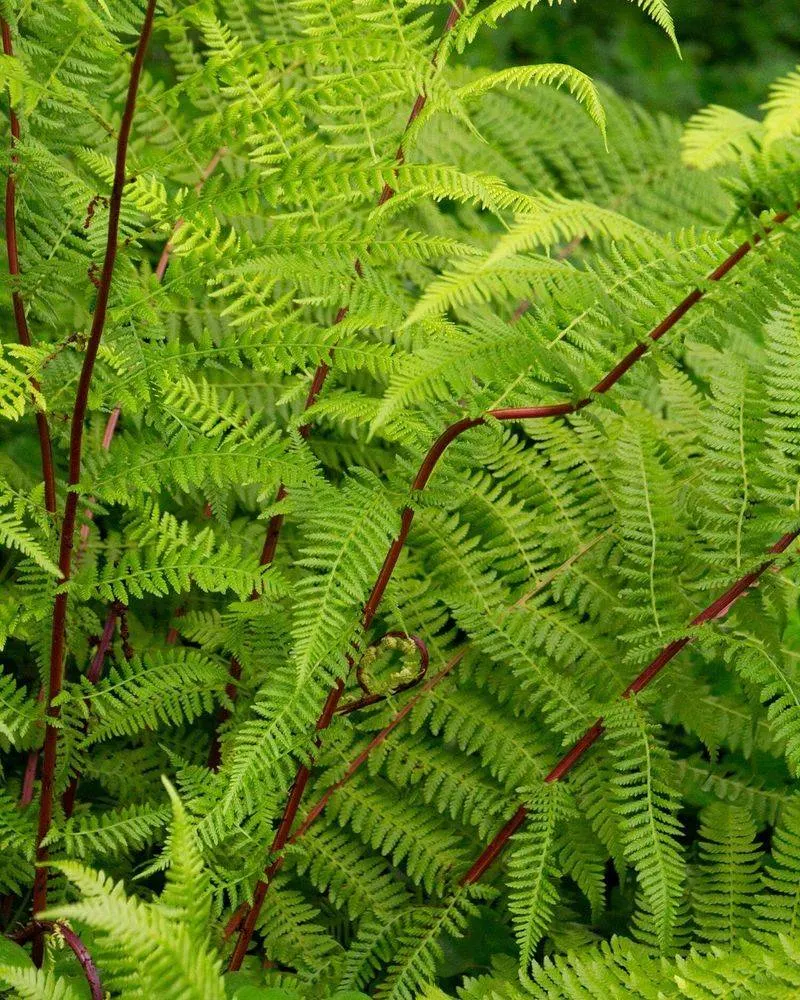
Ferns are the quintessential shade dwellers, thriving where other plants may struggle. Their delicate fronds unfurl gracefully, adding a touch of the wild to your garden. These plants are ancient, with a history dating back millions of years. They require consistent moisture and prefer shaded, humid environments. Ferns can be used to create a lush, green backdrop, complementing more colorful plants. With many varieties available, from maidenhair to ostrich ferns, they offer diverse textures and forms. Incorporate ferns to evoke a sense of tranquility and timelessness in your shaded areas.
Astilbe
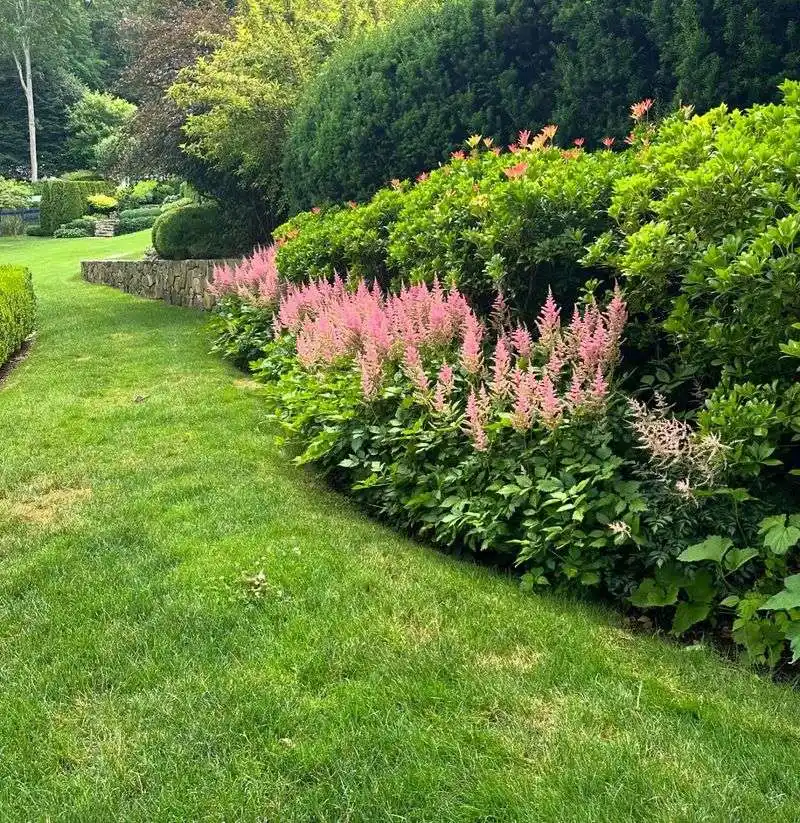
Astilbes are a colorful addition to any shade garden, known for their feathery plumes. These blooms range from soft pastels to vibrant reds, attracting butterflies and hummingbirds. Astilbes prefer moist, well-drained soil and thrive in partial to full shade. Once established, they are drought-resistant, making them ideal for low-maintenance gardens. Their foliage remains attractive even after blooming, providing interest throughout the season. Plant astilbes in groups for a dramatic effect, or mix them with other shade lovers for a dynamic display. They bring both beauty and biodiversity to your garden.
Bleeding Heart
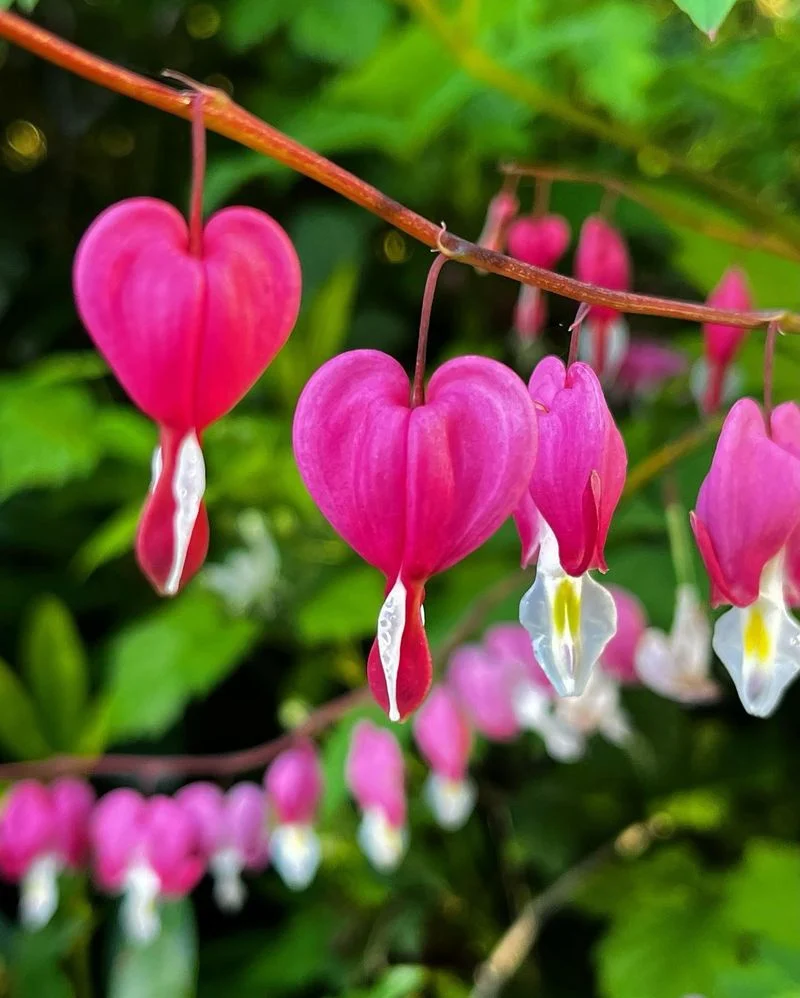
Bleeding hearts captivate with their unique, heart-shaped flowers that dangle delicately from arching stems. These enchanting blooms appear in spring, offering a striking contrast against their soft, green foliage. They prefer cool, shaded environments and moist, well-drained soil. Bleeding hearts are ephemeral, meaning they may die back after blooming, but they return year after year. Historically, they are associated with love and romance, adding a sentimental touch to your garden. Their dainty appearance and historical significance make them a charming choice for shaded borders.
Heuchera (Coral Bells)
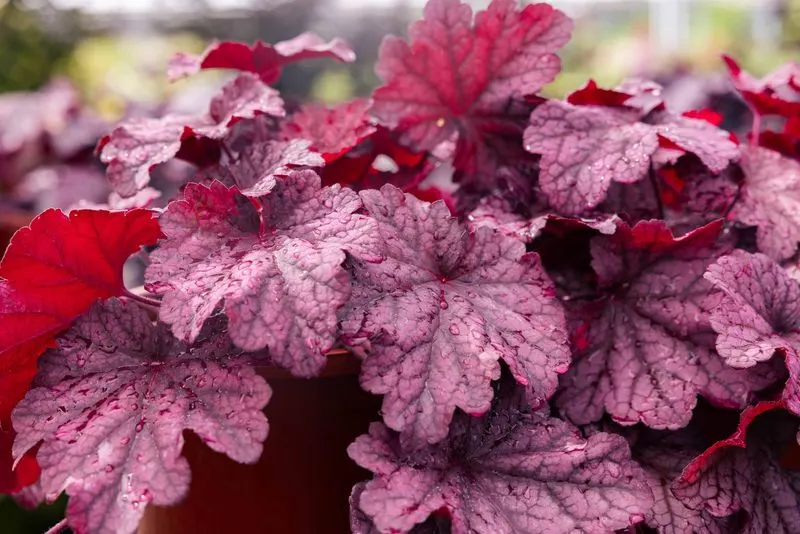
Heuchera, commonly known as coral bells, are admired for their stunning foliage rather than their blooms. The leaves come in a variety of colors, including burgundy, silver, and chartreuse, providing year-round interest. They thrive in partial shade and prefer well-drained soil. While their flowers are small, they add a delicate touch to the garden when in bloom. Heucheras are versatile, working well as ground covers or in container gardens. Their vibrant foliage can brighten any shady spot, making them a popular choice for adding texture and color to any garden setting.
Brunnera (Siberian Bugloss)

Brunnera, with its heart-shaped leaves and dainty blue flowers, is a delightful addition to shaded gardens. The foliage is often variegated with silver, creating a striking contrast in shady areas. These plants prefer moist, well-drained soil and are relatively low-maintenance. Brunnera blooms in spring, with flowers resembling those of forget-me-nots. They are perfect for creating a woodland garden feel, providing texture and color. Their resilience and beauty make them a favorite for gardeners looking to brighten darker areas. Consider Brunnera for a touch of elegance and whimsy.
Toad Lily
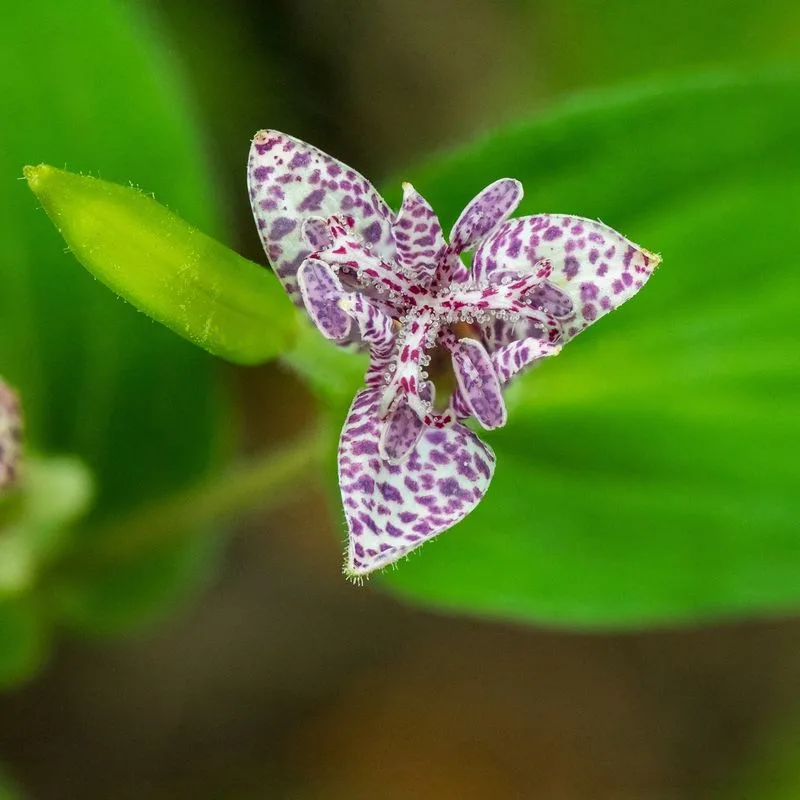
Toad lilies are a hidden gem, known for their unique, star-shaped flowers that bloom in the fall. These delicate blossoms are speckled with purple and white, resembling orchids. Toad lilies thrive in shaded, damp environments and prefer rich, well-drained soil. They are perfect for adding late-season interest to shade gardens. Their unusual appearance and autumn blooming make them stand out among typical shade plants. Toad lilies are a conversation starter, offering both beauty and intrigue. Plant them where they can be admired up close, such as along shaded pathways or near seating areas.
Japanese Forest Grass (Hakonechloa)
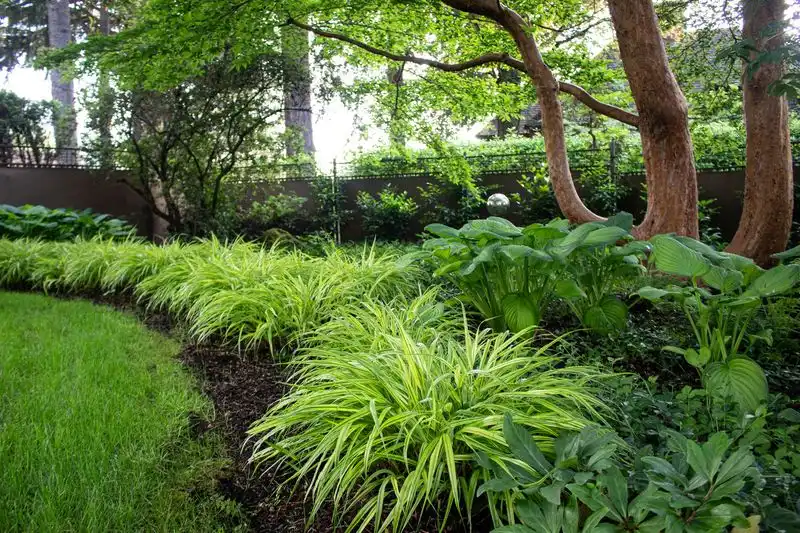
Japanese forest grass, or Hakonechloa, adds graceful movement to shaded gardens with its flowing mounds of foliage. The blades can be bright green or golden, offering a soft, cascading effect. This grass prefers moist, well-drained soil and partial to full shade. It’s an excellent choice for edging pathways or softening the edges of garden beds. Japanese forest grass is deer-resistant, making it a practical addition for gardens with wildlife. Its gentle sway in the breeze adds a sense of serenity and elegance, making it a favorite for creating tranquil garden spaces.
Pulmonaria (Lungwort)
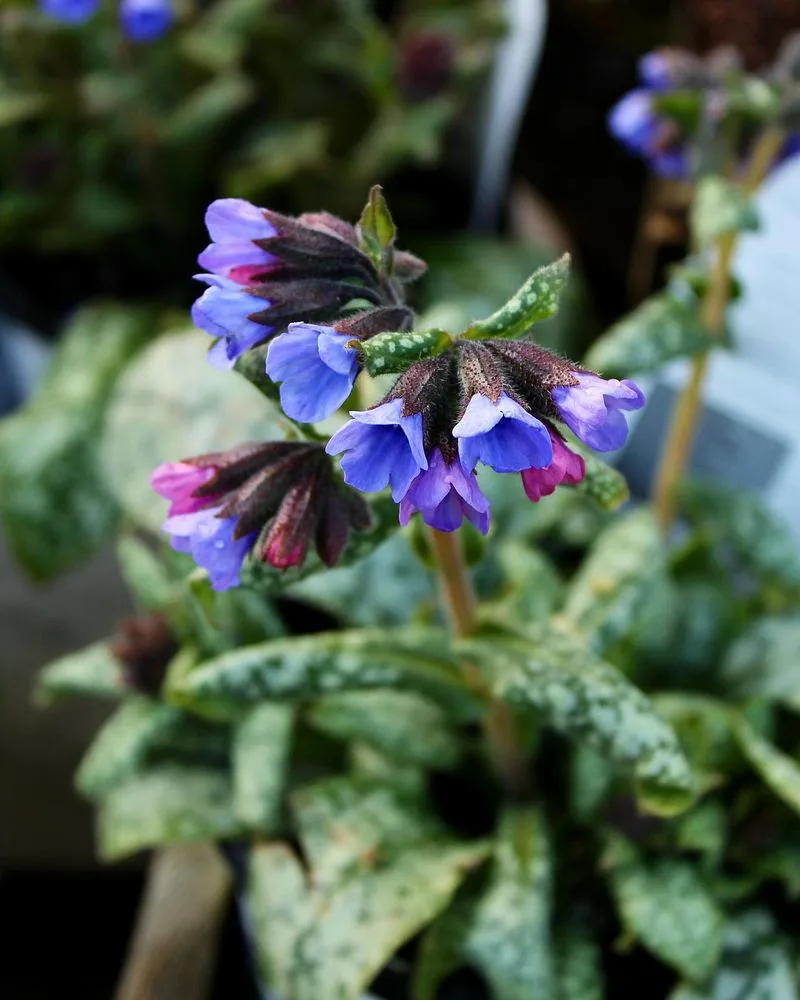
Pulmonaria, often called lungwort, charms with its spotted leaves and clusters of pink and blue flowers. These plants thrive in shaded, moist conditions and prefer well-drained soil. Their blooms appear in early spring, providing one of the first splashes of color after winter. Pulmonaria is known for its unique foliage, which remains attractive throughout the growing season. They are perfect for ground cover or as a border plant in shaded areas. Lungwort’s resilience and colorful display make it a valuable addition to any garden seeking early-season interest.
Liriope (Lilyturf)
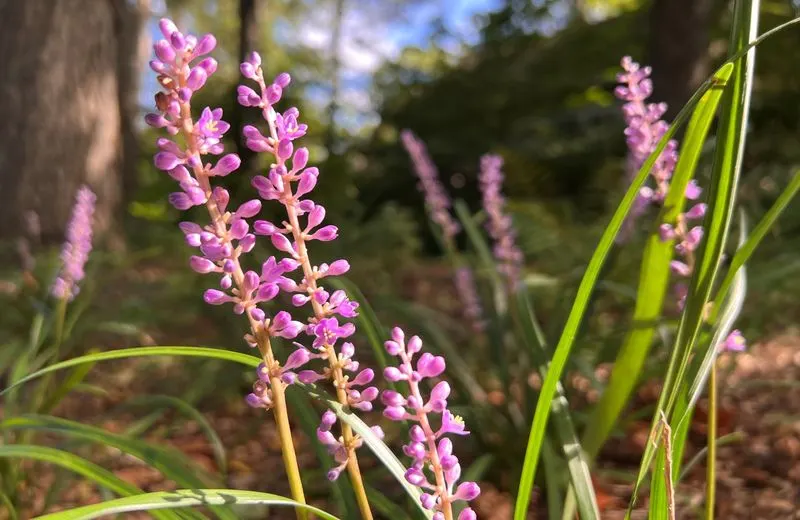
Liriope, or lilyturf, is a versatile ground cover that thrives in shaded areas. Its grass-like leaves create dense mats, while spikes of lavender or white flowers add vertical interest. Liriope is drought-tolerant once established and requires minimal maintenance. It’s perfect for edging pathways or filling in gaps between larger plants. The foliage remains evergreen in milder climates, providing year-round structure. Liriope’s adaptability and charming flowers make it a reliable choice for gardeners looking to enhance shaded spaces without much fuss. It’s a staple in many shade gardens for good reason.

